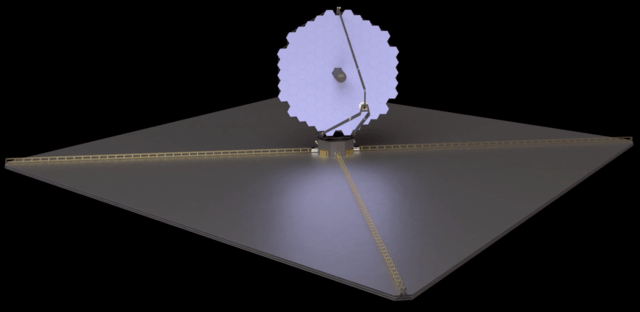Investigating the existence of intelligent alien life beyond our world is a profound and complex scientific pursuit that encompasses various disciplines and methods. Here are some key aspects and approaches to consider in this quest:
The Drake Equation:
The Drake Equation is a formula used to estimate the number of active, communicative extraterrestrial civilizations in the Milky Way galaxy. It takes into account factors such as the rate of star formation, the fraction of stars with planetary systems, and the likelihood of life developing on those planets. While the values for many of these factors remain uncertain, the equation provides a framework for understanding the potential abundance of intelligent life in our galaxy.
Search for Extraterrestrial Intelligence (SETI):
SETI is a scientific effort to detect signals or other evidence of technological civilizations beyond Earth. Radio telescopes and other instruments are used to scan the sky for artificial signals that might indicate the presence of intelligent beings. The search also extends to the study of optical and infrared signals.
Astrobiology:
Astrobiology is the interdisciplinary study of the origin, evolution, distribution, and potential for life in the universe. It involves studying extreme environments on Earth to better understand the conditions under which life could exist on other planets. Astrobiologists also investigate the potential habitability of exoplanets.
Exoplanet Research:
The discovery of exoplanets (planets orbiting other stars) has expanded our understanding of the diversity of planetary systems. Astronomers search for exoplanets in the habitable zone, where conditions might be suitable for liquid water and, potentially, life as we know it.
Mars Exploration:
Mars has been a major focus of the search for past or present microbial life. Rovers like Curiosity and Perseverance, as well as orbiters, are equipped with instruments to analyze the Martian environment for signs of life or habitability.
Europa, Enceladus, and Titan:
Moons such as Europa (moon of Jupiter), Enceladus (moon of Saturn), and Titan (moon of Saturn) have subsurface oceans and unique environments that might harbor life. Future missions aim to explore these worlds for signs of life or habitability.
Technosignatures:
In addition to searching for natural signals, scientists investigate technosignatures, which are signs of advanced technology or civilization. This includes looking for evidence of megastructures, unusual energy sources, or artifacts in the cosmos.
Philosophical and Ethical Considerations:
The search for intelligent alien life also involves philosophical and ethical questions, such as how humanity should respond to a potential discovery and the ethical treatment of extraterrestrial life, if found.
Future Missions:
Planned and future missions, such as the James Webb Space Telescope (JWST) and the upcoming LUVOIR (Large UV/Optical/Infrared Surveyor) space telescope, will provide advanced capabilities for studying exoplanets and their atmospheres.
International Collaboration:
The search for intelligent alien life is a global effort, with collaboration between space agencies, observatories, research institutions, and scientists worldwide.
While we have not yet discovered definitive evidence of intelligent alien life, the exploration of the cosmos continues to advance our understanding of the potential for life beyond Earth. It remains one of the most profound and exciting questions in science and could have far-reaching implications for humanity’s place in the universe.










